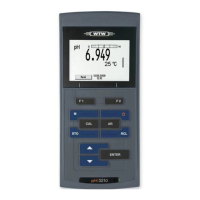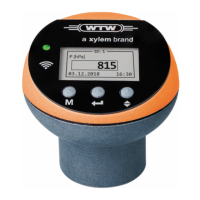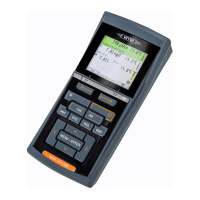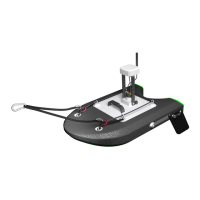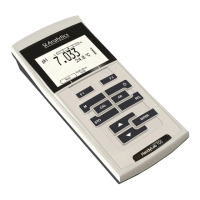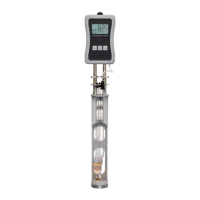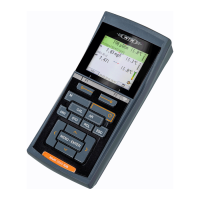pg | 11
EXO Sensors
Overview
e EXO product line includes nine sensors that detect a variety of physical, chemical, and biological
properties of natural water. EXO sensors are designed to collect highly accurate data under ever-changing
environmental conditions.
Data Filtering
All EXO sensors share some common embedded soware, including the ltering of real-time data. Sensors
acquire environmental data at a constant rate, and use this stream of data as the input to the ltering algorithm
that produces results seen by the user. EXO sondes collect data from the EXO sensors and are able to output
data at rates up to 4 Hz. e EXO sensor data ltering process consists of four components:
Basic Rolling Filter
e lter is fundamentally a rolling or window average of past acquired inputs to the lter, such that as a new
data value is added to the summation, the oldest data value is removed, and the total summation is divided
by the total number of data values. It is a simple average, just rolling or moving in time.
Adaptive Filtering
e drawback to a basic rolling lter is that response time to an impulse event is delayed, and the more entries
in the average summation, the longer the delay for the result to converge on the true value. To correct this,
the lter algorithm monitors the new data arriving and compares it to the current averaged result, looking
for indication of an impulse event. When new data deviates from the average by more than a predetermined
tolerance, the number of data entries within the rolling average is reduced to a minimum count and the
remaining values are ushed with the new data. e result is a snap to the new value, entirely eliminating
the inherent delay caused by the rolling average.
Outlier Rejection
Every time a newly acquired data value is added, the rolling average entries are scanned for outlier data.
Although such data has already been determined to fall within the tolerances dened above, the remaining
worst oenders are removed from the rolling average calculation. is outlier rejection allows for smoother
continuous data results.
Calibration Stability
During calibration, the ltering is active as described, plus an additional feature works to provide stability
feedback to the user. When the user attempts to calibrate a sensor, the sudden changes in environment
are perceived as impulses or plunge events and the ltering reacts accordingly. e results immediately
show the value of the solution, and aer a few moments, the lter incrementally engages fully and supplies
the smoothest data. However, as the sensor and the calibration solution work towards equilibrium, the
measurement may slowly dri. e sensor will monitor the results from the lter and determine if the
measurement is stable. It watches the results and calculates a slope from each and every result to the next.
Once the slope settles and is consistently at for approximately 30 seconds, the sensor is considered stable.
KOR is then notied and calibration can continue.
1.4
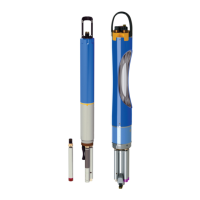
